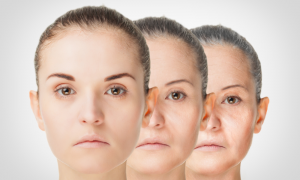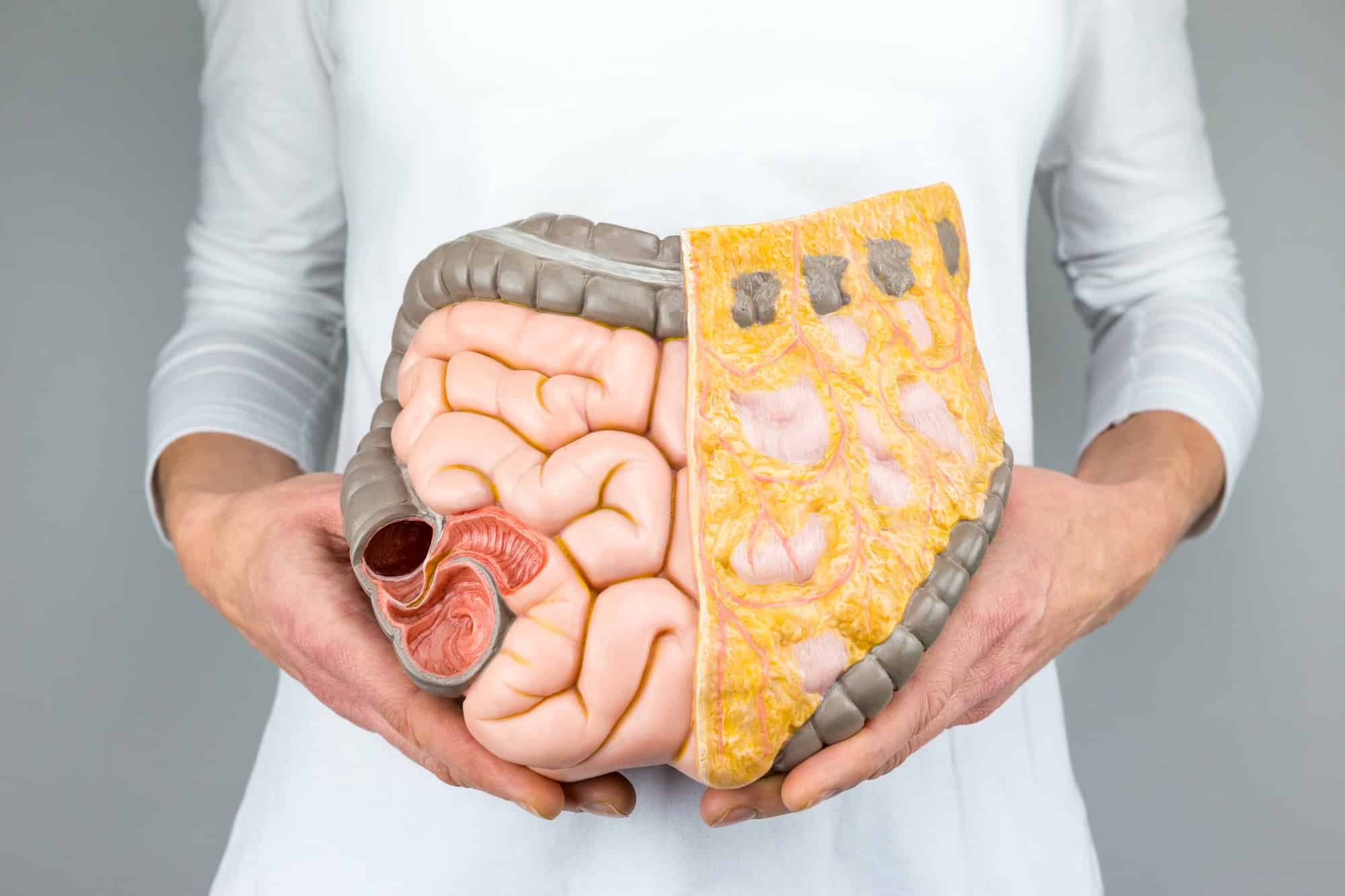A Woman’s Guide to Health & Wellness at Every Age
It is never too early to start looking after your health. In fact, the earlier women become proactive with their health, the more in tune with their bodies and the healthier they will be as the decades pass by.
That being said, there are certain things for women to focus on in different decades of their life; a twenty-year-old is not going to have the same health needs as someone in their 60s. Our bodies grow and change as we get older, and it is important to cater our healthcare to match these natural changes. In addition, certain health conditions can become more prominent during different decades, meaning prevention and disease monitoring can vary depending on a woman’s age.
It can seem like a lot to navigate, so let’s take a look at the key components to watch for in each decade, ensuring that your healthcare is changing with your body’s needs. We have also compiled a guide for mens health as they age.
20s
Most women’s bodies are still in good physical health in their twenties, so this is a great time to compile your family’s medical history. Doing so allows you to be knowledgeable about any health conditions that you may be predisposed to, which can help doctors prevent the disease. For example, someone with diabetes in the family can learn from their doctor what habits to follow to avoid developing diabetes themselves.
 Perhaps one of the biggest hindrances to health in women in their twenties is mental health, with researchers believing that most mental health conditions appear before the age of 25. A 2018 survey conducted by the Substance Abuse and Mental Health Services Administration (SAMHSA) found that almost 1 in 3 women between the ages of 18 and 25 had a mental health condition within the past year. Furthermore, about 10% of young women also have a serious mental health condition that impacts daily activities.
Perhaps one of the biggest hindrances to health in women in their twenties is mental health, with researchers believing that most mental health conditions appear before the age of 25. A 2018 survey conducted by the Substance Abuse and Mental Health Services Administration (SAMHSA) found that almost 1 in 3 women between the ages of 18 and 25 had a mental health condition within the past year. Furthermore, about 10% of young women also have a serious mental health condition that impacts daily activities.
To protect your mental health, it’s important to become aware of the signs of mental health conditions and seek out a mental health professional or counseling when the symptoms begin interfering with your daily life.
30s
In your thirties, a woman’s metabolism begins to slow, requiring a new diet and exercise approach. During these years, it is crucial for women to focus on maintaining a well-balanced diet that provides all the nutrients the body needs to function without harmful additives that can contribute to weight gain.
This is also an excellent time for women to make sure they are getting enough calcium and vitamin D to help protect against osteoporosis later in life.
 A women’s thirties can be a very stressful time with their career and family life potentially taking off, so it is important to focus on managing stress. Actions such as meditation, low-intensity workouts (such as walking or yoga), and setting aside time for yourself to decompress can go a long way in managing stress and its dangerous complications.
A women’s thirties can be a very stressful time with their career and family life potentially taking off, so it is important to focus on managing stress. Actions such as meditation, low-intensity workouts (such as walking or yoga), and setting aside time for yourself to decompress can go a long way in managing stress and its dangerous complications.
Your thirties are also when you should start getting regular checks for cholesterol, blood pressure, and blood sugar levels, allowing doctors to form a baseline to compare future measurements to.
40s
 Once in her forties, a woman should schedule a mammogram. Breast cancer is the most common type of cancer in women, with 1 in 8 women developing it at some point in their life. As with all cancers, early detection is crucial for a positive outcome because it means treatment can start sooner.
Once in her forties, a woman should schedule a mammogram. Breast cancer is the most common type of cancer in women, with 1 in 8 women developing it at some point in their life. As with all cancers, early detection is crucial for a positive outcome because it means treatment can start sooner.
It’s also important for women in their 40s to maintain their diet and exercise habits, especially as menopause (and the drastic shift in hormones it causes) is on the horizon.
50s
 Women in their fifties should schedule their first colonoscopy, another important preventative screening. This is also when osteoporosis maintenance should become a bigger priority, with a baseline bone density test a great option to help monitor osteoporosis.
Women in their fifties should schedule their first colonoscopy, another important preventative screening. This is also when osteoporosis maintenance should become a bigger priority, with a baseline bone density test a great option to help monitor osteoporosis.
Women may also want to speak to their doctor about changing hormone levels due to menopause and any unpleasant symptoms that may have developed due to decreasing estrogen levels. After menopause, women are also more vulnerable to heart disease, so it is recommended to be more vigilant in monitoring this condition. With heart disease as the leading cause of death for American women, this is an important disease to watch for and prevent.
60s
 It is important to continue following up with screenings for heart disease, cancer, osteoporosis, and cancer in your sixties.
It is important to continue following up with screenings for heart disease, cancer, osteoporosis, and cancer in your sixties.
This may also be when hearing and vision can start to decrease, so it is recommended to receive testing for these two. Early identification is an integral part of minimizing the effects of dual sensory loss and helps to ensure that you can maintain living independently.
Your 60s is also when Alzheimer’s can first start displaying symptoms, so it is important to be aware of any new memory struggles or cognitive limitations.
70s+
 Women in their 70s can become victims of depression due to loneliness, so it is essential to maintain social contact with friends and family. Depression affects more than two million Americans aged 65 and older, and it can often be triggered by other chronic illnesses, such as heart disease or arthritis. Poor mental health can severely decrease someone’s quality of life, so it is crucial to ensure that women at this age are being monitored for depressive symptoms.
Women in their 70s can become victims of depression due to loneliness, so it is essential to maintain social contact with friends and family. Depression affects more than two million Americans aged 65 and older, and it can often be triggered by other chronic illnesses, such as heart disease or arthritis. Poor mental health can severely decrease someone’s quality of life, so it is crucial to ensure that women at this age are being monitored for depressive symptoms.
Cognitive health is also important to focus on during these years, and women should try to incorporate computer activities or simple puzzles into their day to keep their minds sharp.
Staying Healthy Through the Years
 As you can see, the health priorities for women change by decade, but there are some key themes throughout all the years. First and foremost, mental health is always a priority; this may involve stress management for younger women, while for older women, the priority shifts to depression and loneliness.
As you can see, the health priorities for women change by decade, but there are some key themes throughout all the years. First and foremost, mental health is always a priority; this may involve stress management for younger women, while for older women, the priority shifts to depression and loneliness.
Another significant concern is disease prevention and screening. Following up with this by receiving regular testing and screening can significantly improve your chance of managing and recovering from a disease when it is still in the early stages, also improving your quality of life.
Women’s health should be a priority for every woman, and by focusing on your body’s needs by decade, you can focus on the care your body truly needs and set it up for success as the years go by.
References
Kessler, R., Amminger, G., Aguilar-Gaxiola, S., Alonso, J., Lee, S., & ??st??n, T. (2007). Age of onset of mental disorders: a review of recent literature. Current Opinion In Psychiatry, 20(4), 359-364. doi: 10.1097/yco.0b013e32816ebc8c
Center for Behavioral Health Statistics and Quality. (2018). 2017 National Survey on Drug Use and Health: Detailed Tables. Substance Abuse and Mental Health Services Administration, Rockville, MD.
Breast Cancer Statistics | How Common Is Breast Cancer?. (2022). Retrieved 28 April 2022, from https://www.cancer.org/cancer/breast-cancer/about/how-common-is-breast-cancer.html
What Is Menopause?. (2022). Retrieved 28 April 2022, from https://www.nia.nih.gov/health/what-menopause
Heart Disease: Heart Disease Facts. (2022). https://www.cdc.gov/heartdisease/facts.htm



















